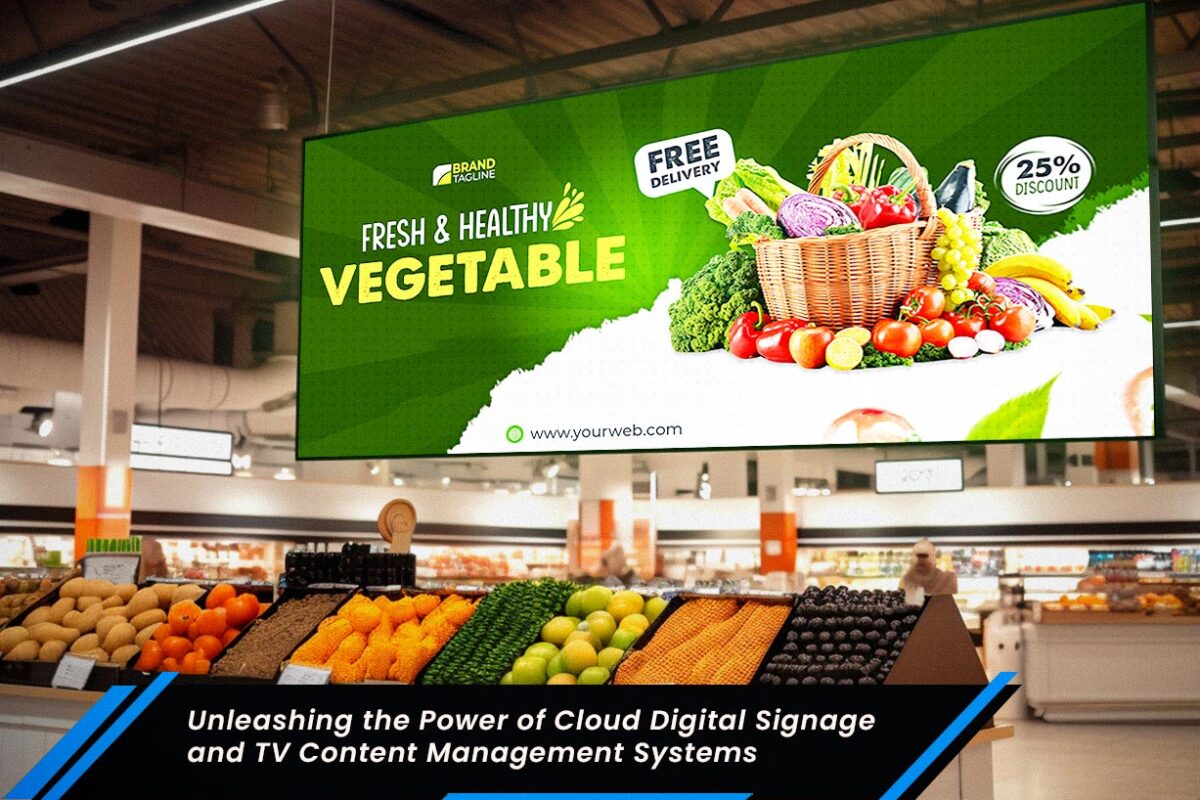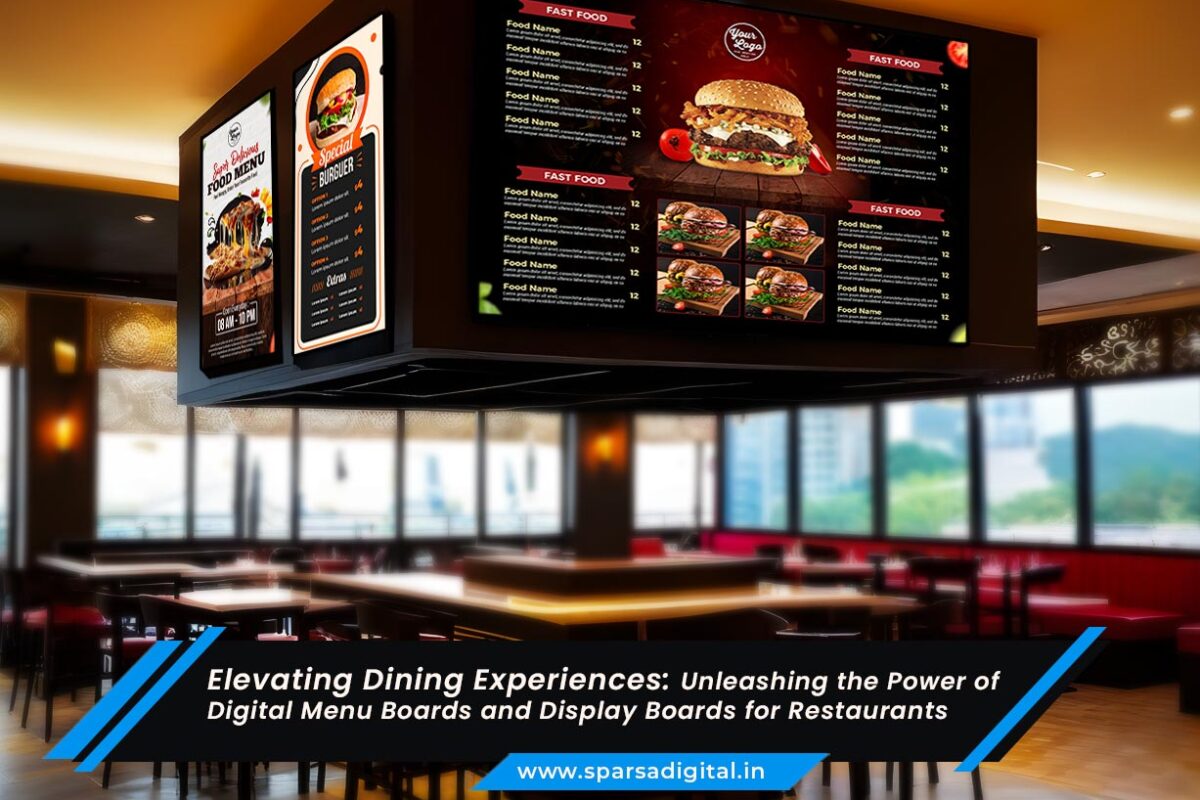In the ever-evolving world of advertising, creativity knows no bounds. Two innovative and visually captivating forms of advertising stand out on the contemporary marketing landscape: Frame Standees and Easel Digital Standees. These versatile displays not only catch the eye but also engage audiences in unique ways, blending traditional aesthetics with cutting-edge technology. This comprehensive blog aims to explore the origins, features, applications, and future prospects of Frame Standees and Easel Digital Standees, shedding light on how these dynamic mediums are transforming the way brands connect with their audiences.
I. Frame Standees: A Fusion of Art and Advertising
Evolution of Standees in Advertising
Standees, initially recognized as static promotional displays, have been a staple in advertising for years. Typically made of cardboard or foam board, traditional standees served as effective tools for in-store promotions, movie releases, and event branding. However, the advent of Frame Standees has elevated the concept by incorporating modern design elements, material choices, and customization options.
The Anatomy of Frame Standees
A Frame Standees are more than just promotional displays; they are a blend of artistry and marketing strategy. This section will delve into the various components of Frame Standees, including the frame structure, printing materials, and the versatility to accommodate diverse artistic designs.
Applications of Frame Standees
Frame Standees find applications in a multitude of settings, from retail environments to trade shows and events. This section will explore how brands leverage Frame Standees to enhance their visibility, convey brand messages, and create immersive experiences for their target audience.
II. Easel Digital Standees: Bridging Tradition and Technology
Easels in Traditional Art
Easels have been a fundamental tool in the world of art, providing a sturdy and adjustable support for painters and artists. The transition to digital easels, or Easel Digital Standees, represents a seamless integration of traditional artistry with modern technology, opening up new possibilities for interactive and dynamic advertising.
The Rise of Easel Digital Standees
Easel Digital Standees have become an exciting frontier in digital advertising. Combining the aesthetic appeal of traditional easels with interactive digital displays, these standees offer a captivating way for brands to showcase their products, tell stories, and engage audiences in an era dominated by screens and digital content.
Features and Capabilities
This section will explore the features that set Easel Digital Standees apart, including touchscreen capabilities, high-resolution displays, and the ability to showcase multimedia content. Additionally, the integration of sensors and interactive elements enhances user engagement, creating memorable brand experiences.
III. Designing Creativity: Customization and Branding Opportunities
Customization in Frame Standees
The beauty of Frame Standees lies in their ability to be customized to suit the unique identity of each brand. From the choice of materials and frame designs to the graphics and content, brands can tailor Frame Standees to align seamlessly with their visual identity and marketing goals. This section will showcase examples of creative Frame Standee designs from various industries.
Interactive Branding with Easel Digital Standees
Easel Digital Standees take customization to a whole new level by offering interactive branding experiences. Brands can create touch-sensitive interfaces, interactive games, and immersive multimedia content to captivate audiences and leave a lasting impression. This section will explore successful case studies of brands that have leveraged Easel Digital Standees to enhance their branding efforts.
IV. Applications Across Industries: From Retail to Events
Retail Environments
In retail settings, Frame Standees serve as dynamic point-of-sale displays, effectively drawing attention to promotions, product launches, and seasonal campaigns. This section will discuss how Frame Standees contribute to the overall shopping experience and influence consumer behavior in brick-and-mortar stores.
Events and Trade Shows
Both Frame Standees and Easel Digital Standees play a pivotal role in creating impactful brand presence at events and trade shows. Brands can use these displays to showcase products, share interactive content, and engage with event attendees. This section will highlight the versatility and effectiveness of these standees in the dynamic environment of live events.
V. Technological Advancements and Connectivity
Connectivity in Easel Digital Standees
As technology continues to advance, Easel Digital Standees are becoming more connected and intelligent. This section will explore the integration of connectivity features, such as Wi-Fi and Bluetooth, enabling real-time updates, remote content management, and interactive experiences that extend beyond the physical standee.
Augmented Reality (AR) Integration
The fusion of Easel Digital Standees with augmented reality represents a paradigm shift in the way audiences interact with brand content. This section will delve into how AR integration enhances user experiences, providing a seamless blend of the physical and digital worlds.
VI. Challenges and Solutions
Environmental Impact
While Frame Standees and Easel Digital Standees offer numerous advantages, concerns about their environmental impact arise. This section will discuss sustainable practices, materials, and recycling initiatives within the industry, as well as the role brands play in promoting eco-friendly standee solutions.
Cost Considerations
Investing in Frame Standees and Easel Digital Standees involves initial costs that may be perceived as barriers for some businesses. This section will explore cost-effective strategies, such as shared standee spaces, leasing options, and the long-term return on investment for brands.
VII. Future Trends and Innovations
Artificial Intelligence (AI) Integration
The role of artificial intelligence in shaping the future of advertising cannot be overstated. This section will discuss how AI integration is poised to transform Frame Standees and Easel Digital Standees, enabling personalized interactions, predictive content recommendations, and adaptive advertising strategies.
Holographic Displays
As holographic technology advances, the incorporation of holographic displays into standees becomes a possibility. This section will explore the potential of holographic standees to create mesmerizing and immersive brand experiences, breaking the boundaries of traditional displays.
VIII. Conclusion: Shaping the Future of Advertising
In conclusion, Frame Standees and Easel Digital Standees represent a convergence of artistic expression and technological innovation in the advertising landscape. These dynamic displays not only capture attention but also provide brands with a canvas to tell compelling stories, engage audiences, and create memorable experiences. As technology continues to evolve, the marriage of creativity and connectivity will pave the way for new possibilities, ensuring that Frame Standees and Easel Digital Standees remain at the forefront of modern advertising strategies. As brands embrace these innovative mediums, the future promises a vibrant tapestry of visually stunning and technologically advanced advertising campaigns that resonate with audiences in unprecedented ways.





